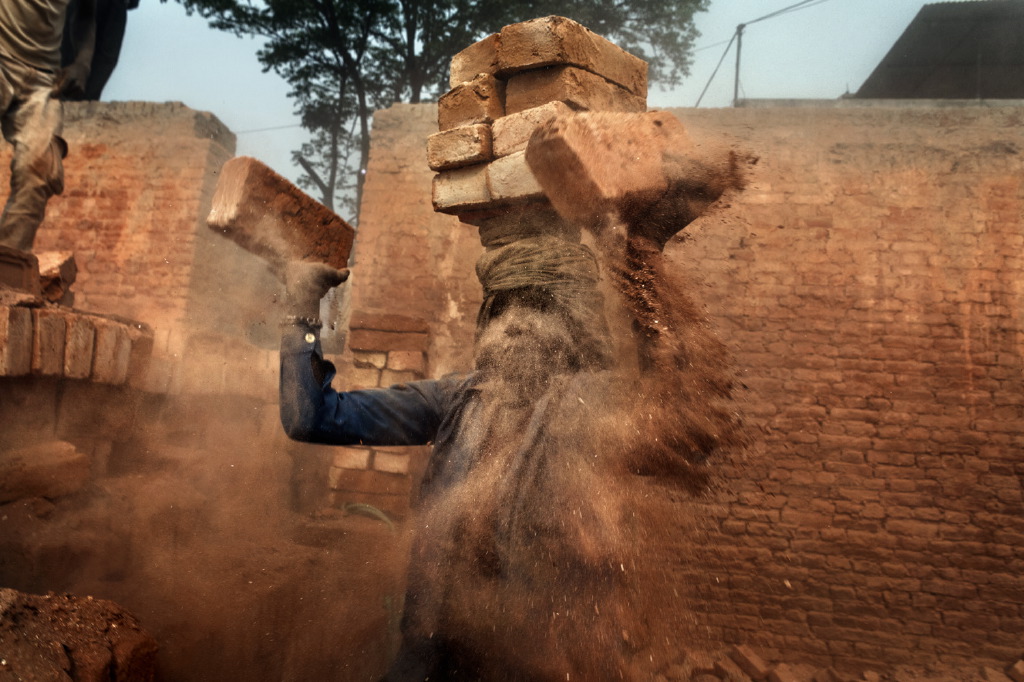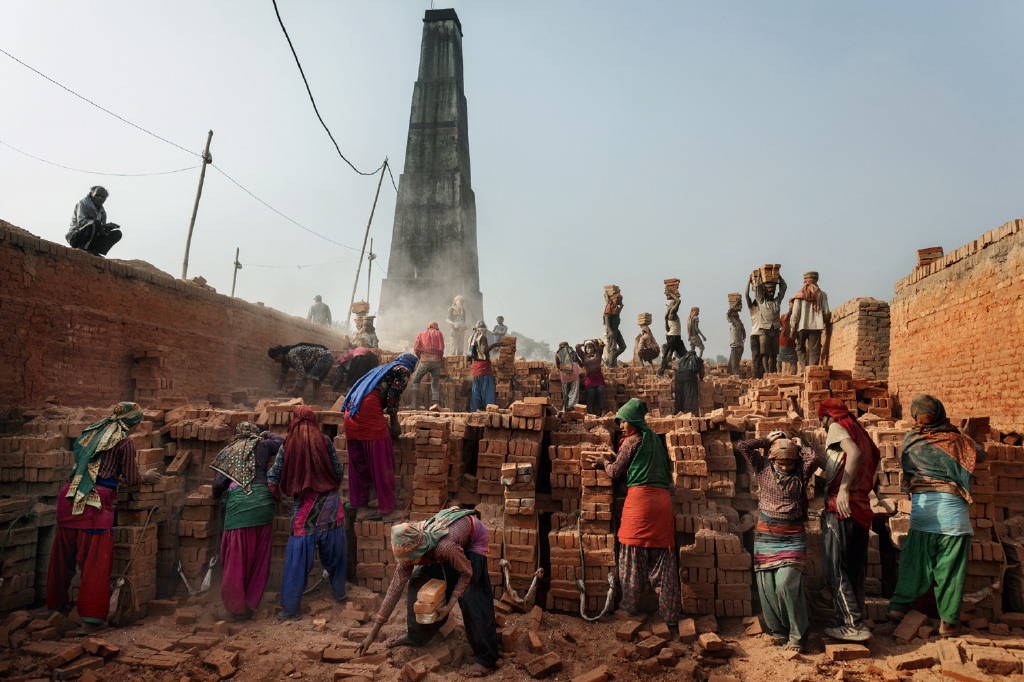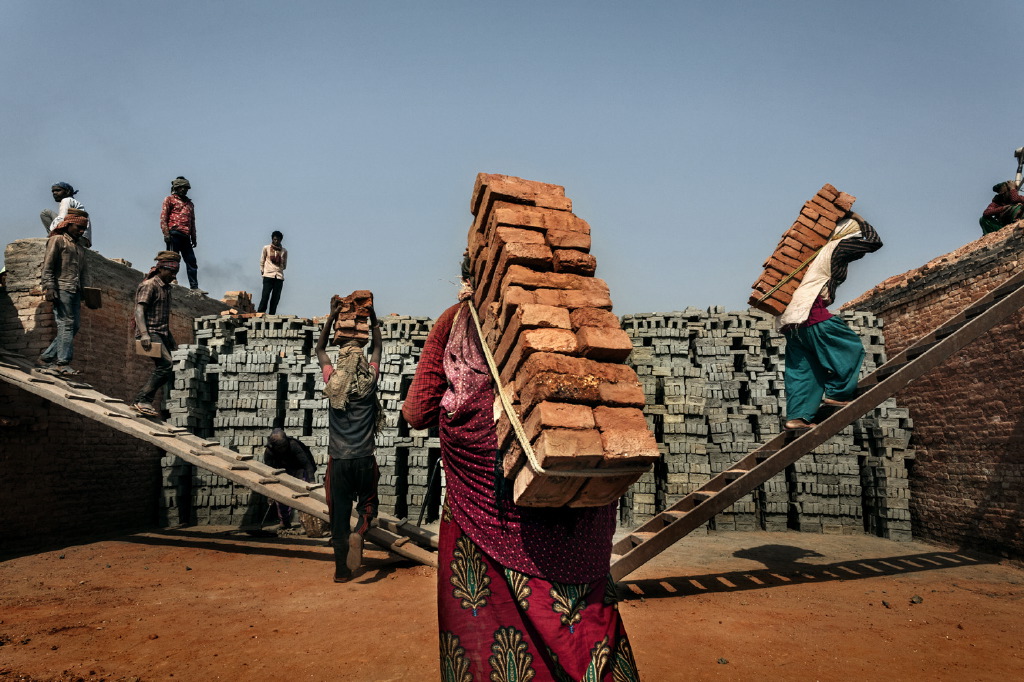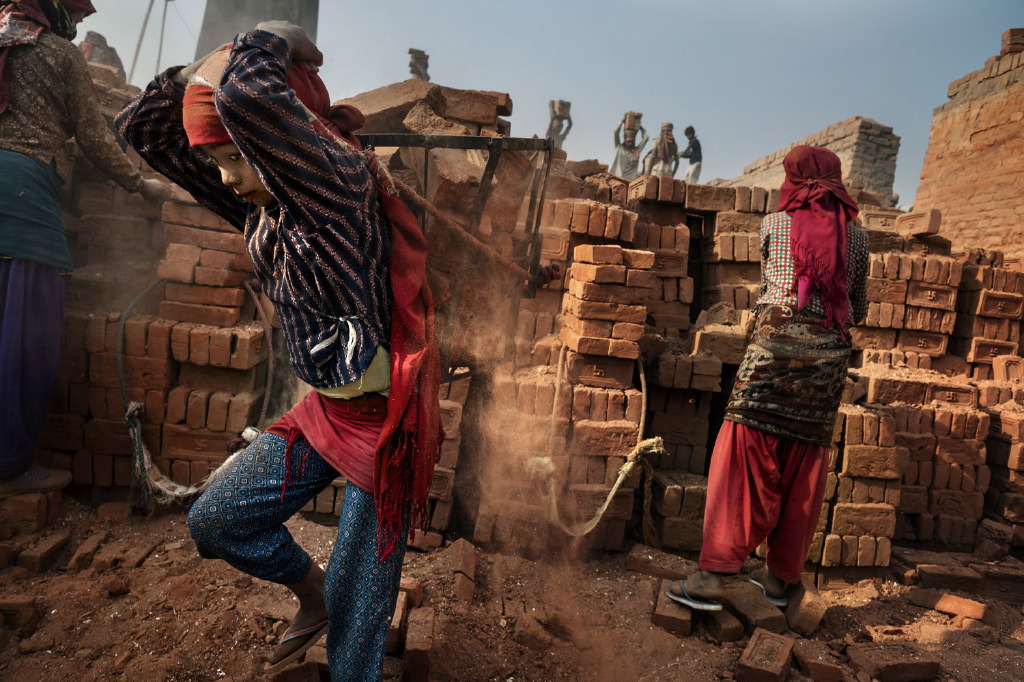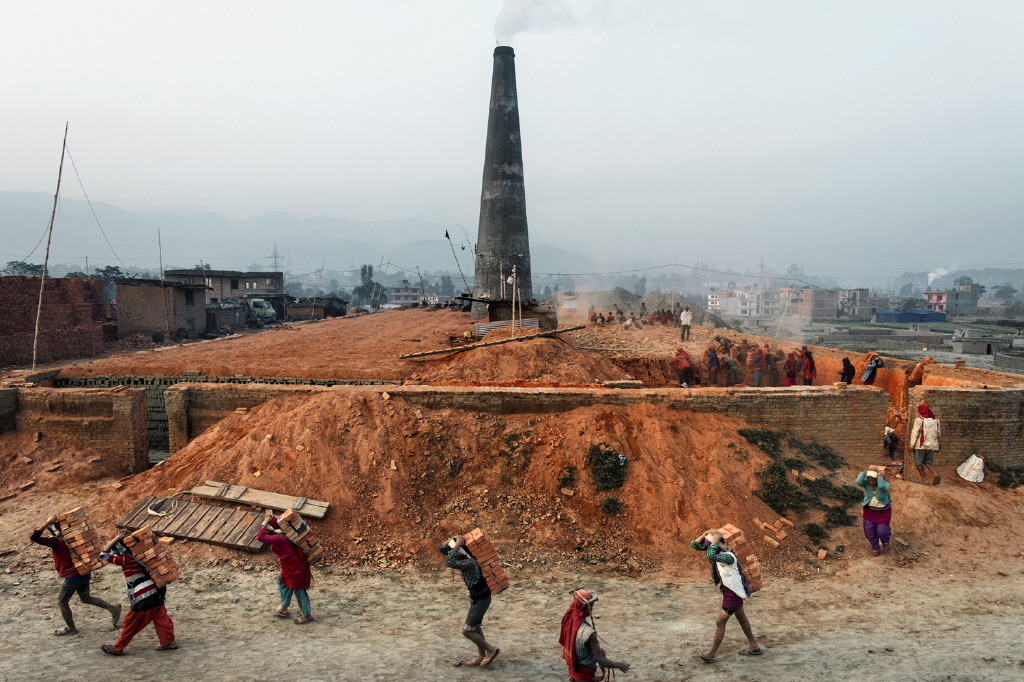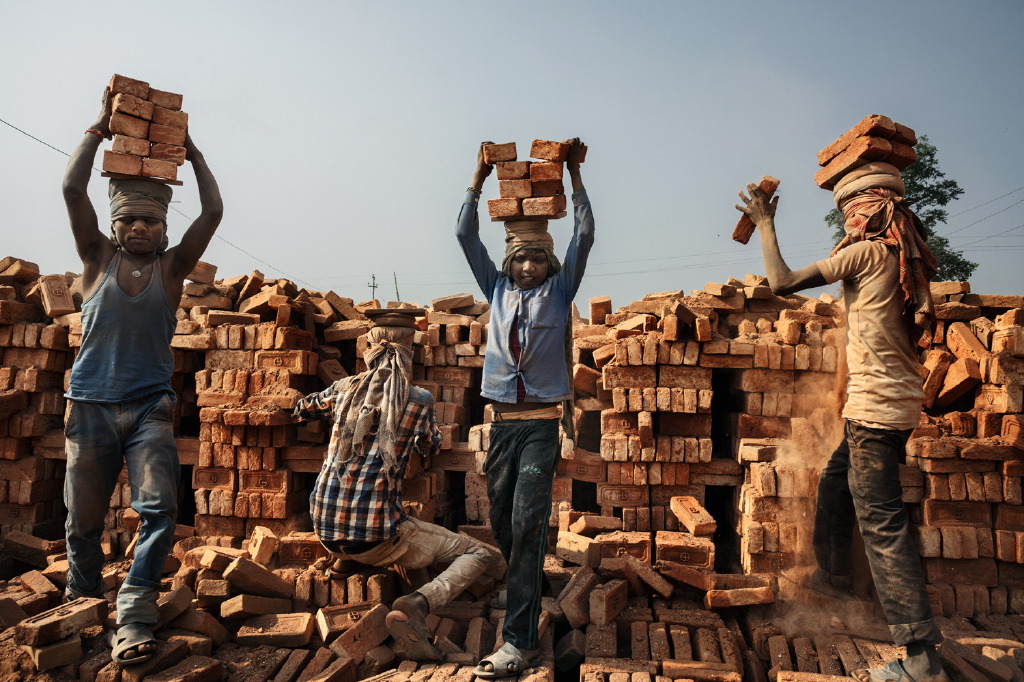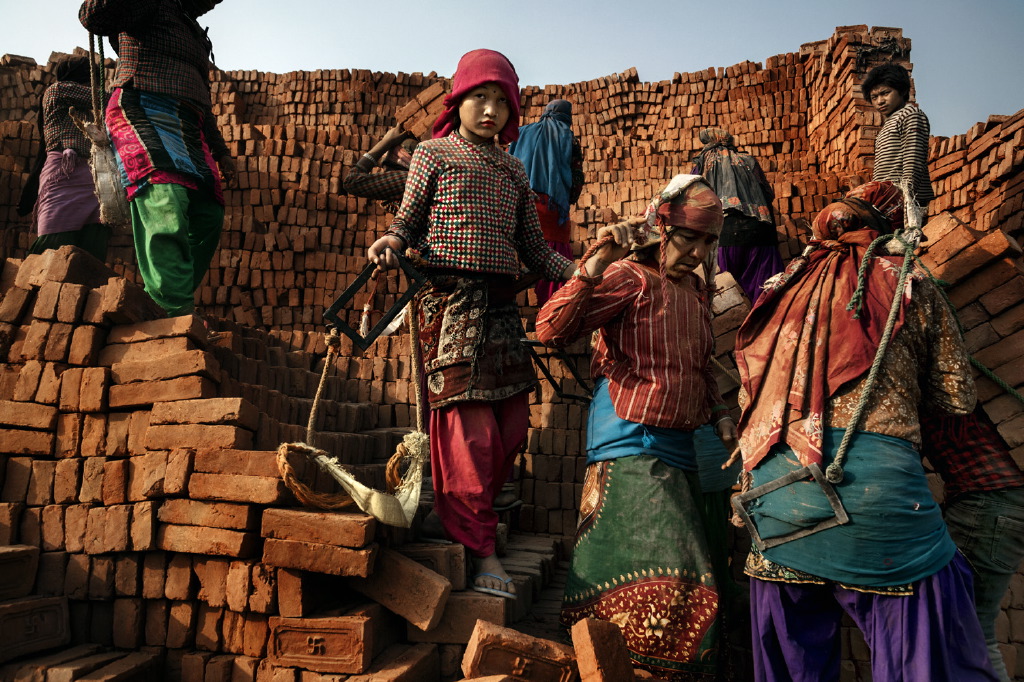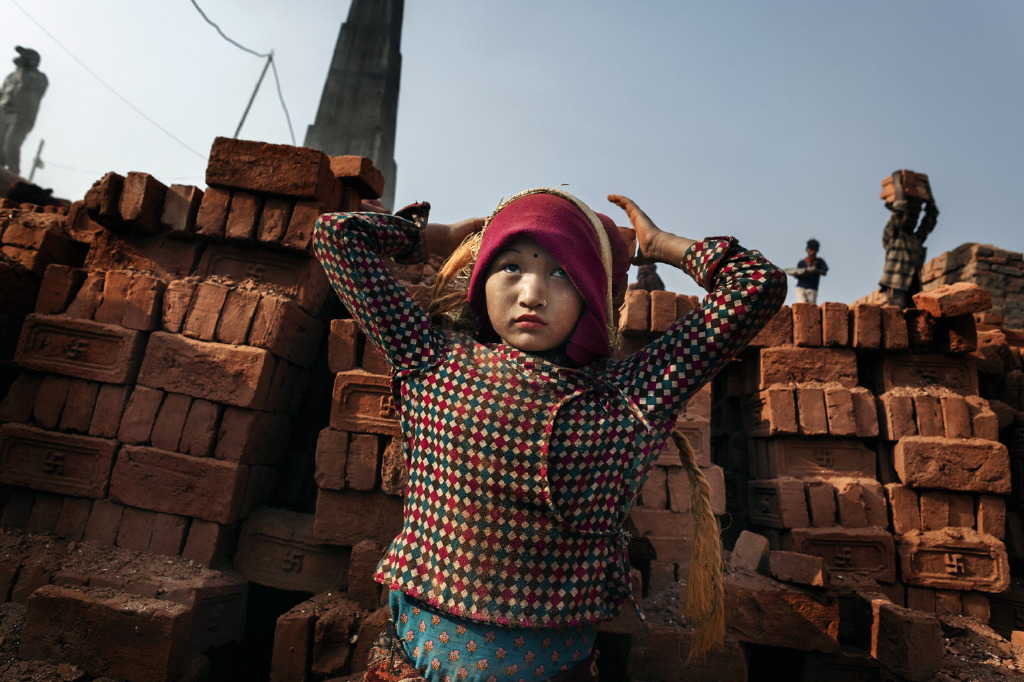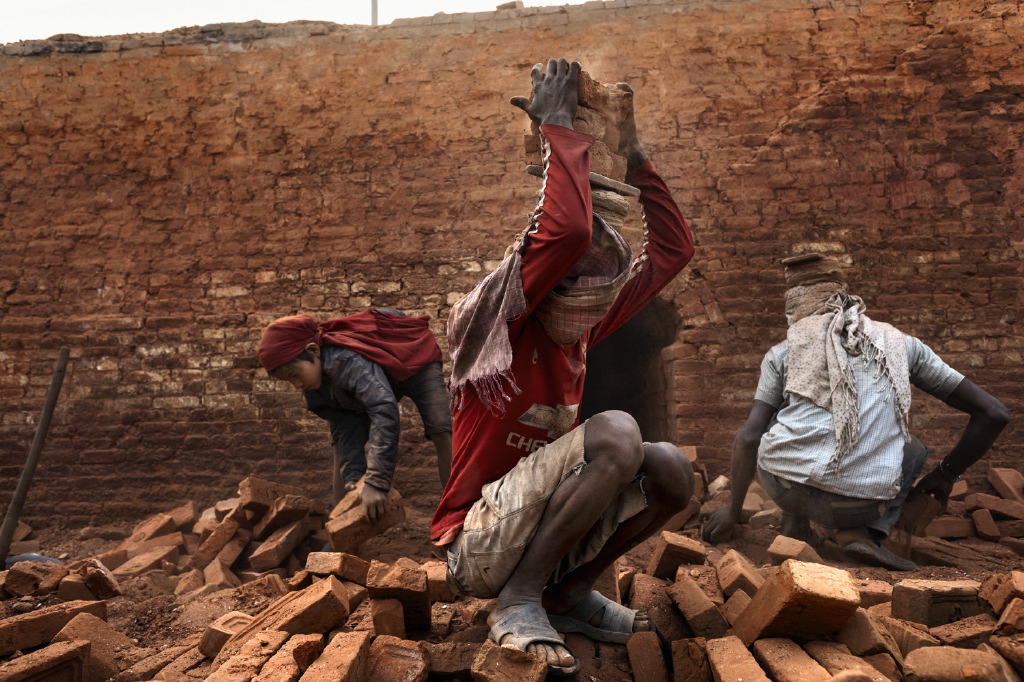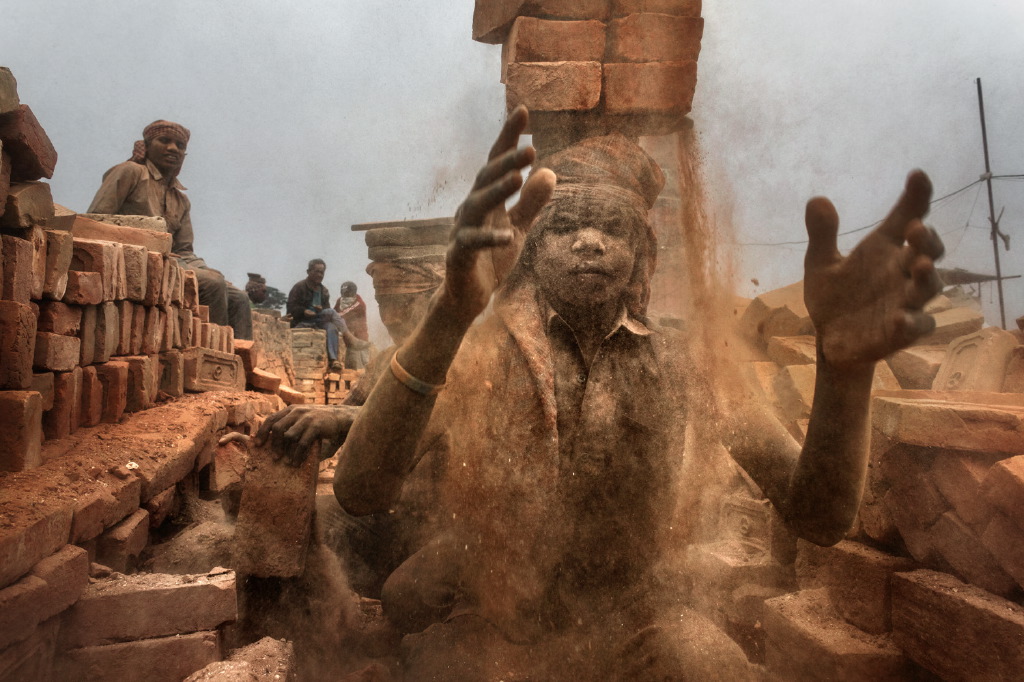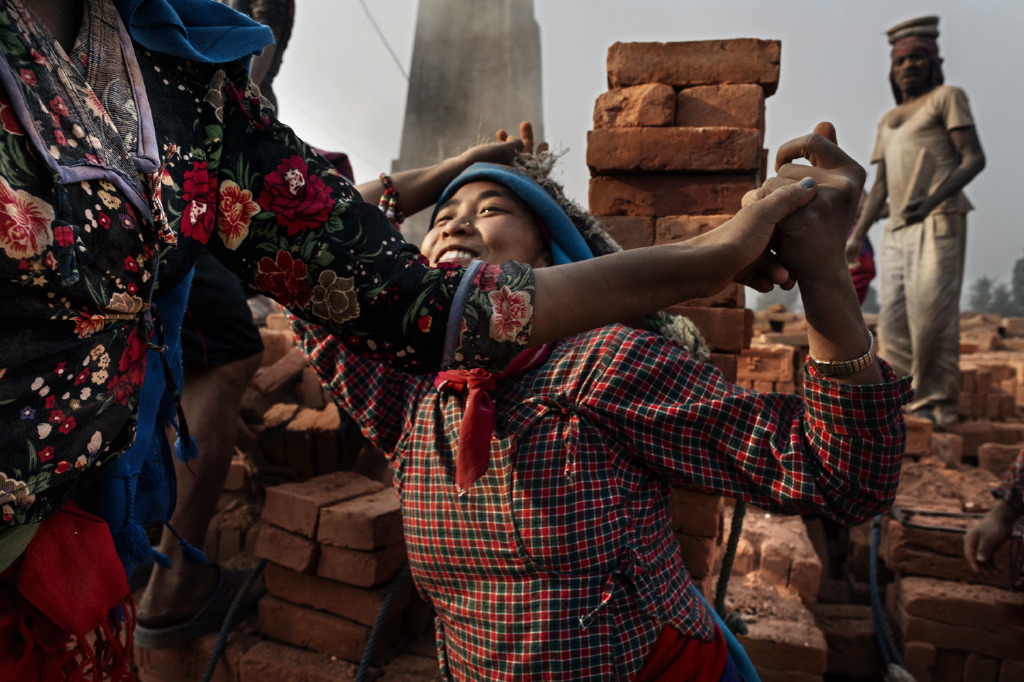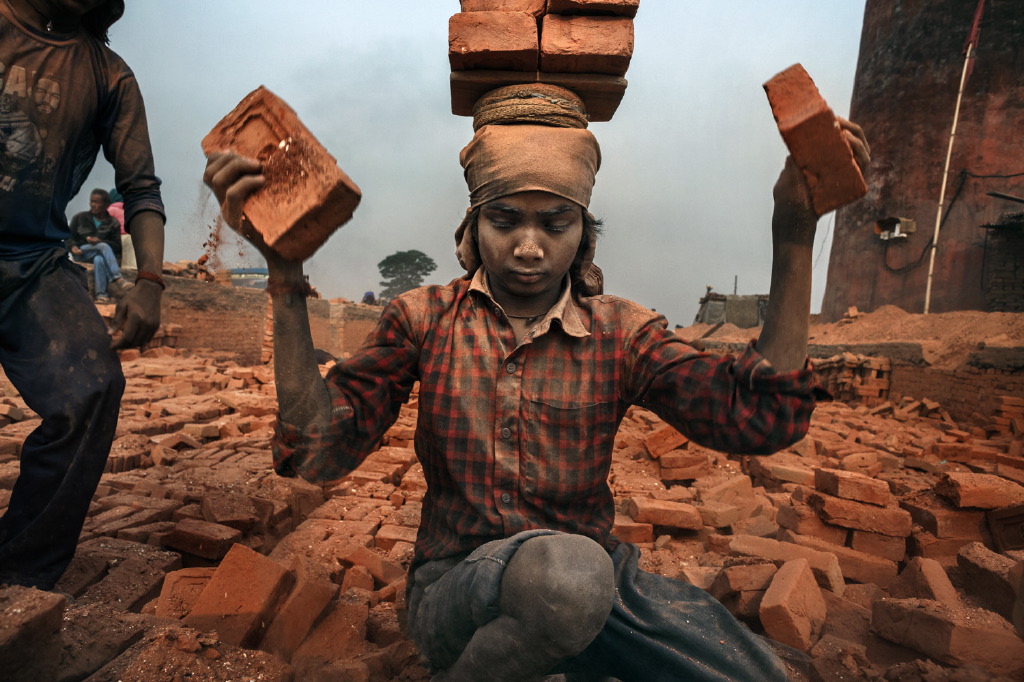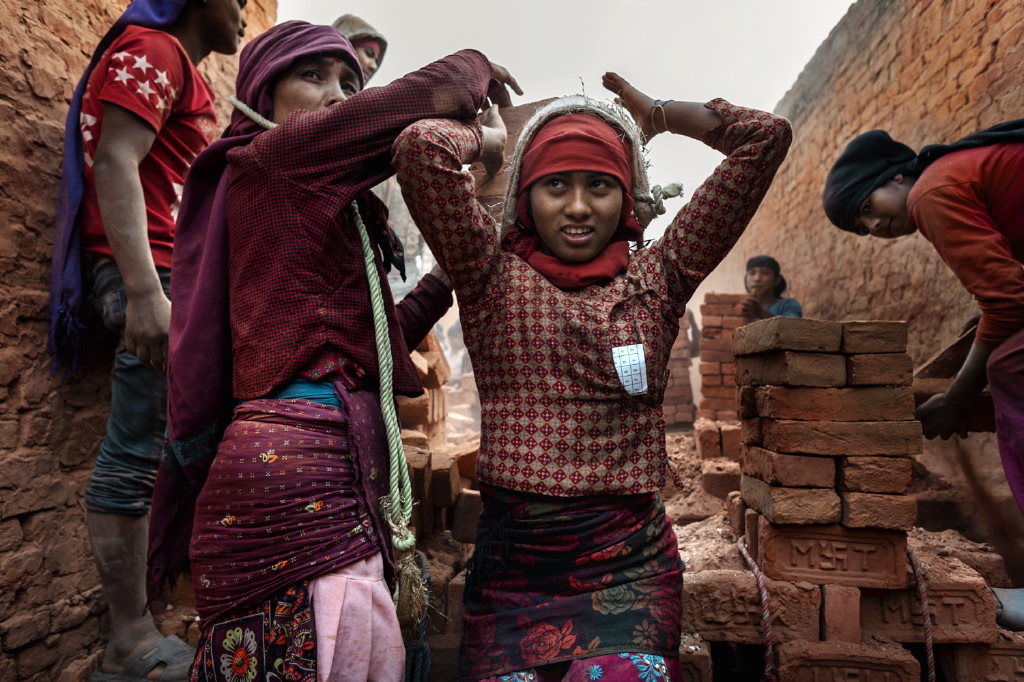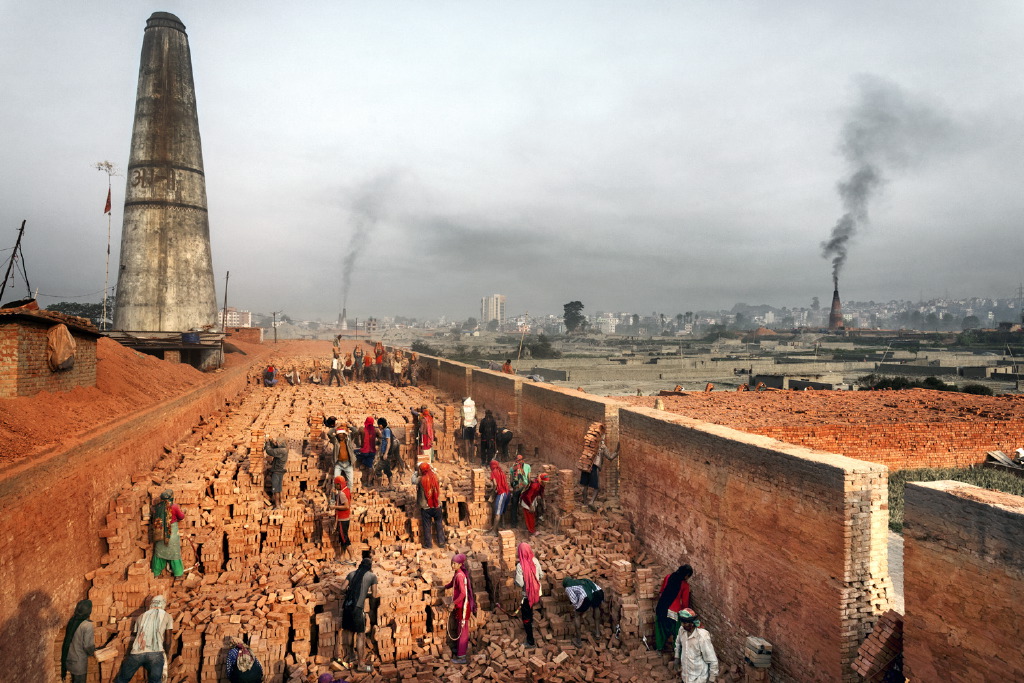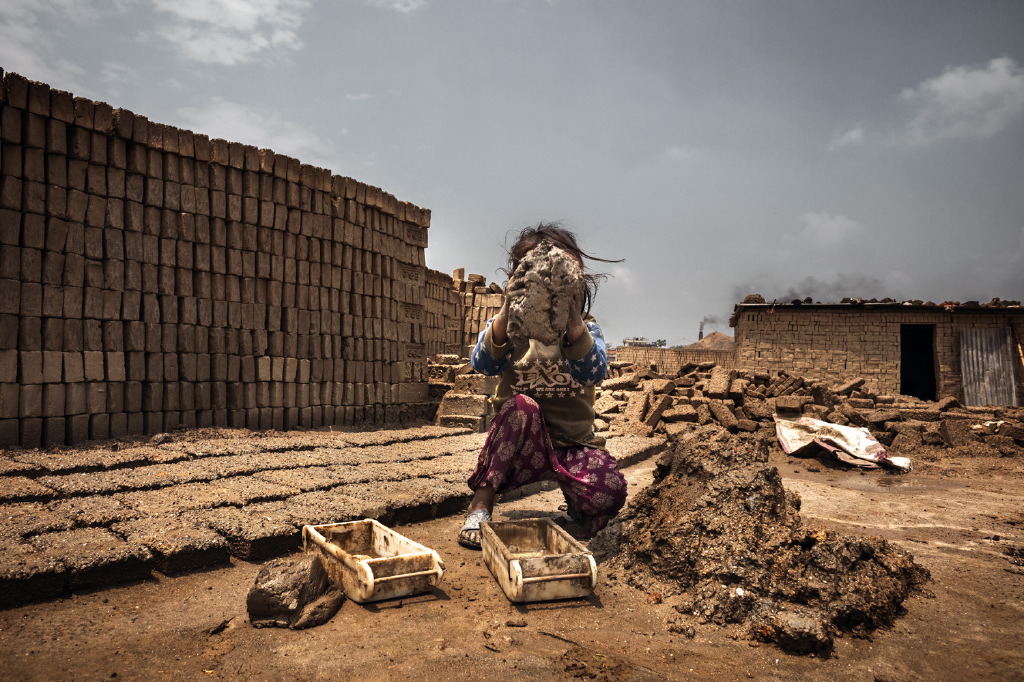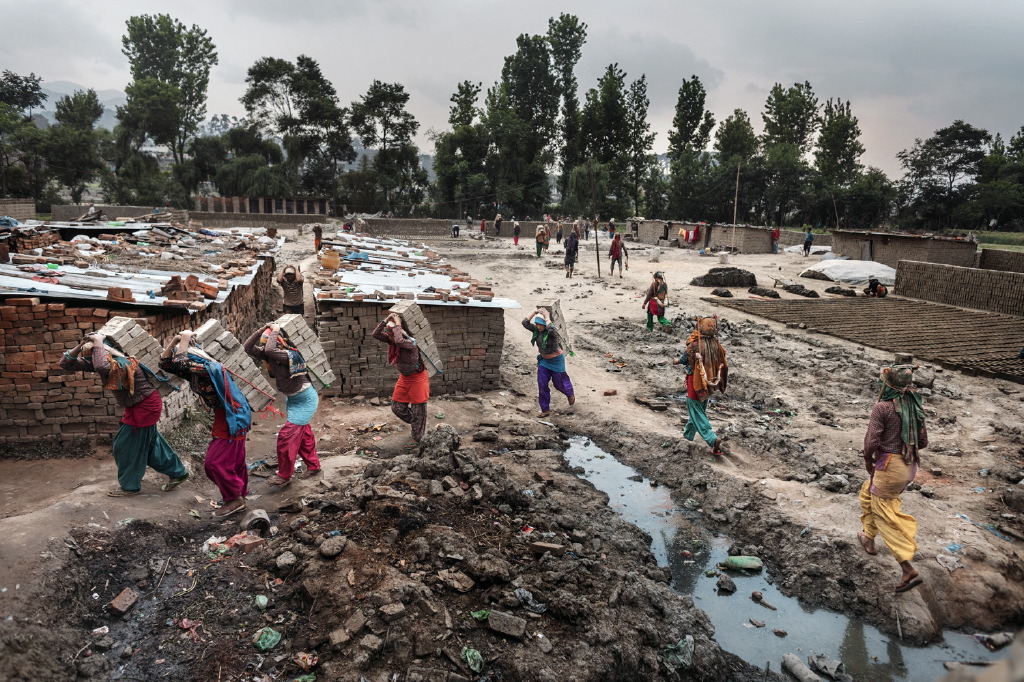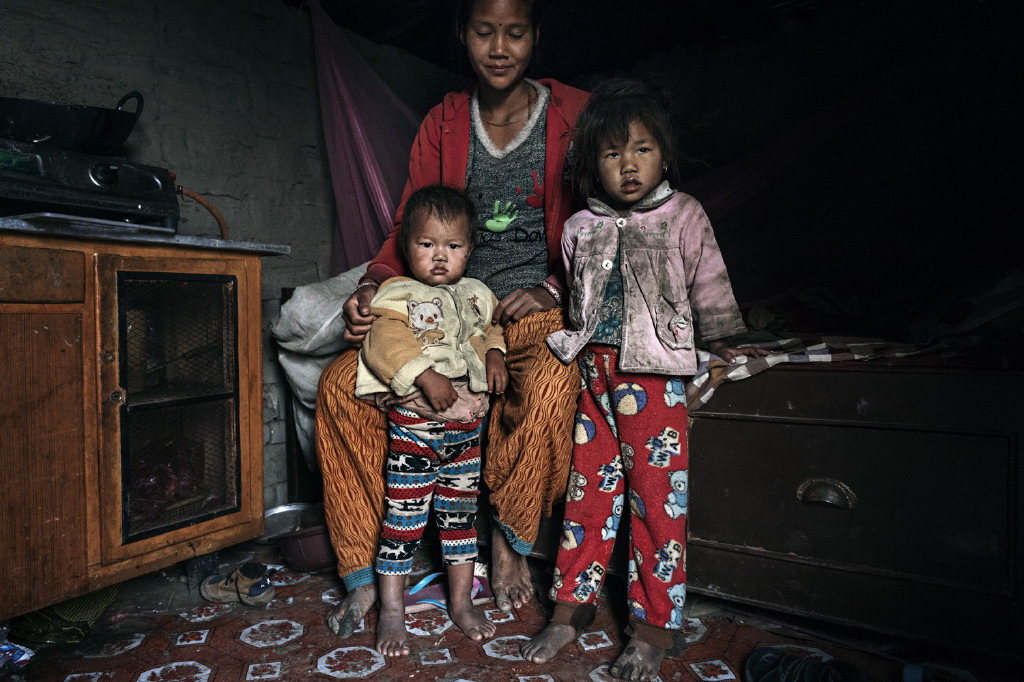X
The earthquake in Nepal, as of 25 April 2015 was a violent one reaching 7.8 local magnitude with an epicenter about 34 km East-Southeast off Lumjung in Nepal and caused more than 8,000 deaths. It was the most violent seismic event that struck this area after 1934, when a 8.0 magnitude earthquake caused the death of about 10,600 people. After 3 years from the disaster, the production of bricks, for the reconstruction of the country is at the highest levels. Bricks demand for reconstruction purposes has led to a worsening of children labor exploitation and air pollution in the Katmandu Valley. The photo reportage “Sweat and dust” narrates the drama of this type of work, involving thousands of Nepalese families living around the kilns to manufacture and transport bricks in the most remote areas of the country. Currently in the Katmandu Valley there are about 1.000 active furnaces operating from November to May, the dry season. It has been calculated the furnaces release approximately 837,000 tons of dioxin. Bricks manufacturing is still handmade. Entire families, after mixing the clay with water and obtaining the proper consistency, use wooden moulds to shape the bricks. When the bricks get dry, they are first transported to the kilns for cooking then, once cooked, they are loaded onto the trucks that distribute them to the construction companies. Each brick can weigh up to 2 kg, and a minor can carry, on his shoulders or head, about 2,500 bricks a day, working for 12 hours and earning just about 750 rupees ($ 7). Both workers and their children often suffer from respiratory diseases and abdominal pain. Making bricks jeopardizes the health and normal development of children, exposing them to respiratory infections, damaging their spine and causing lung cancer. Moreover, the time spent under these conditions marks a dramatic interruption of their schooling, compromising any possibility of leaving the dramatic circle of poverty that characterizes these families. The International Labor Organization (ILO) estimates that 2.6 million Nepalese children (40% of the population), between the age of 5 and 14 work, and approximately 60,000 of them work in bricks kilns.”Sweat and dust” is a photo-reportage by Luca Catalano Gonzaga, funded by the Nando and Elsa Peretti Foundation. (Text by Muriel de Meo).
